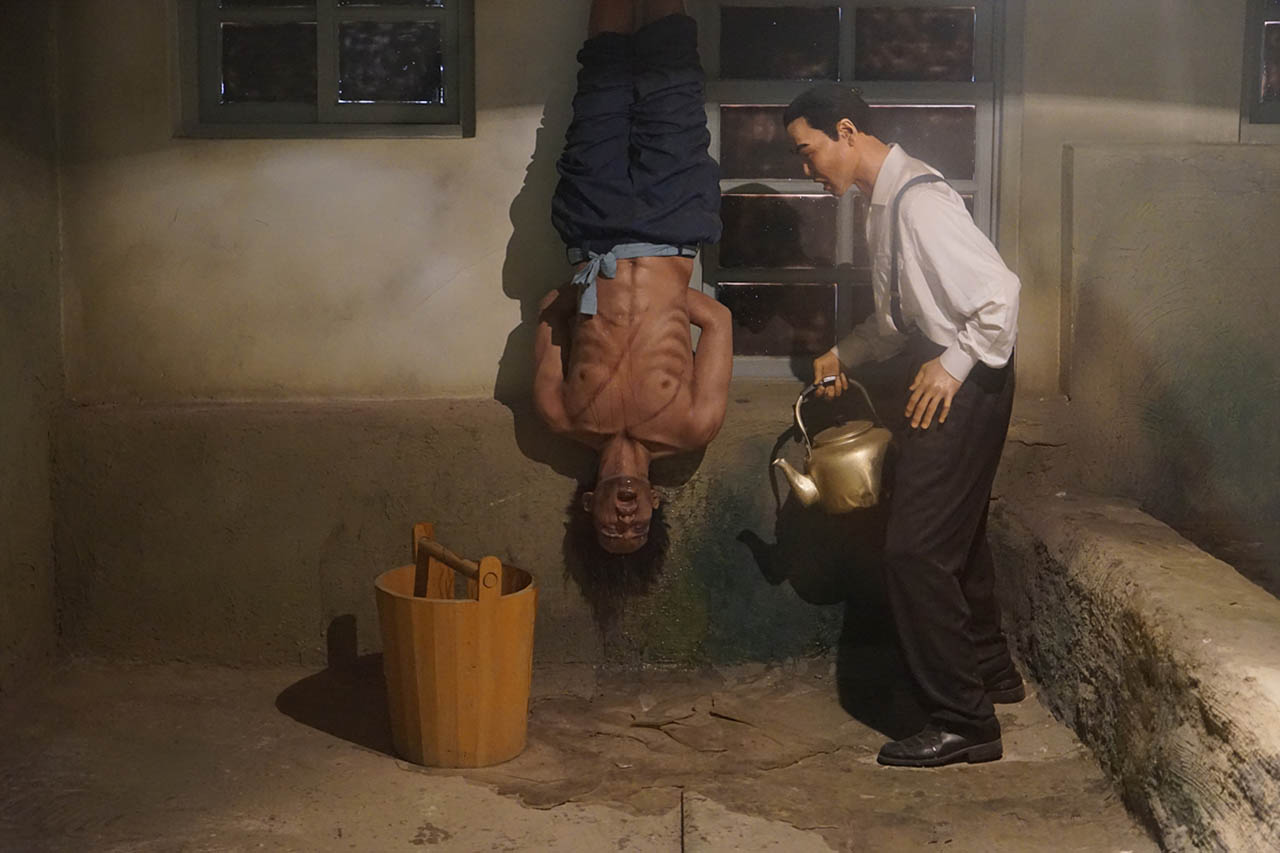
The Auschwitz concentration camp in Poland, the killing fields in Cambodia and Ground Zero (the site of the 2011 terrorist attacks on the U.S.) in New York are among world-famous sites of “dark tourism,” or travel to infamous places associated with death and tragedy.
Korea has had plenty of suffering during its long history. On the occasion of the 74th National Liberation Day on Aug. 15, which commemorates Korea’s independence from Japanese rule, Korea.net recommends three sites that serve as memorials to Korea’s painful 35-year history as a Japanese colony from 1910-45.
Seodaemun Prison History Museum
On Oct. 21, 1908, Japan finished the construction of Gyeongseong Prison (later renamed Seodaemun Prison) in Seoul’s Seodaemun-gu District. Pro-independence activists who fought to regain national sovereignty were incarcerated here until 1945, when Japan’s surrender in World War II gave Korea independence. Prison records say approximately 5,000 activists were inmates at the prison.
In 1998, the prison was reopened as a public museum to honor and promote awareness of the independence activists detained there during the Japanese colonial era and those who fought for democracy during the country’s dictatorial regimes after independence. The cells where activists were kept as well as some of their personal belongings show the struggles they went through at the time. Admission is KRW 3,000.
Museum of Sexual Slavery by Japanese Military
The Museum of Sexual Slavery by Japanese Military was opened in 1998 in the southern Seoul suburb of Gwangju, Gyeonggi-do Province, to show the history of sexual slavery victims of the Japanese imperial army from the early 1930s to 1945. The victims were euphemistically called “comfort women” by Japanese soldiers at the time. The museum displays records showing the systematic horrors the Japanese army inflicted on the victims to spread the message that such history should never be repeated.
The sites where such sexual slavery occurred were recreated based on victim accounts, with reenactments of the facilities and artifacts reflecting the atrocities committed there. A painting exhibition also displays the suffering of the victims as well as a place where visitors can pay tribute to such victims.
Around 20 comfort women survive, and the museum preserves the accounts of the victims who have died. Kim Hak-soon, the first Korean comfort woman to come out publicly in 1991, said, “We must record these things that were forced on us”; her words sum up the museum’s purpose.
The museum is located right behind the House of Sharing, a shelter for surviving victims. Admission is KRW 5,000.
Altteureu Airfield: Where vestiges of pain belie a beautiful name.
The atrocities of Japanese imperialism left scars on Jeju-do Island. The word altteureu is from the Jeju-do dialect meaning a “field below.” Altteureu Airfield has hangars made of concrete that were built using forced labor to house Japanese warplanes.
In 1926, the Japanese army forced the island’s residents to construct 38 concrete hangars in the airfield in Seogwipo. Near the airfield is an underground bunker, cave fortification and anti-aircraft gun station.
For about a decade, people from the island’s Moseulpo region were forced to work in the airfield. In 2002, the place was designated a UNESCO World Heritage and became a venue for dark tourism. Admission is free.
Source: Korea.net